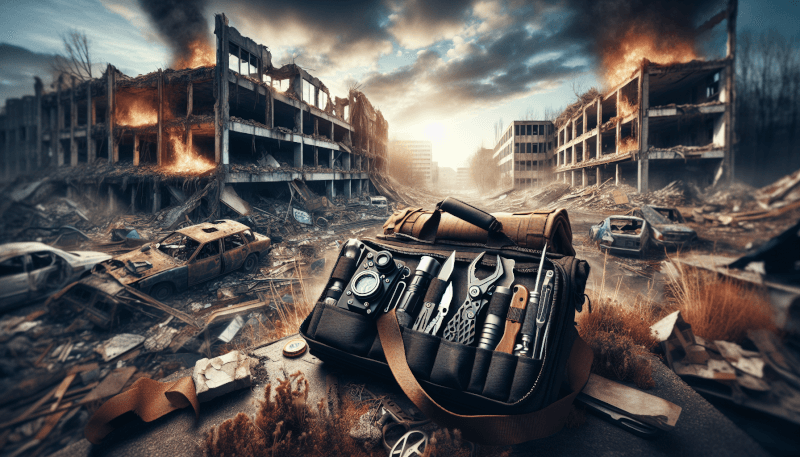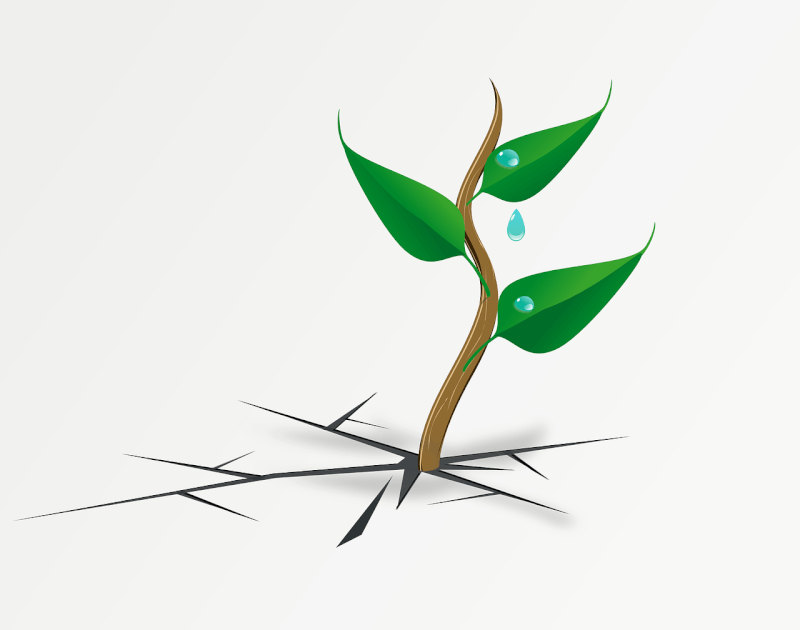In the chaotic moments when disaster strikes, it’s natural to feel overwhelmed and uncertain about what to do next. Whether it’s a natural disaster, civil unrest, or a personal emergency, these unexpected events can leave you in a state of panic. But fear not, because in this article, we’ve got your back. We’ll provide you with practical tips and valuable advice on how to prepare and respond when the unexpected happens. From creating an emergency plan to gathering essential supplies, we’ll help you navigate through the chaos and come out the other side with confidence and resilience. So, sit tight and get ready to tackle whatever life throws your way!
Emergency Preparedness
Creating an emergency plan
In times of crisis, having a well-thought-out emergency plan is essential to keep you and your loved ones safe. Start by gathering your family or household members together to discuss and create a comprehensive plan. This plan should include designated meeting points, important contact numbers, and a breakdown of each person’s responsibilities during an emergency. Remember to consider everyone’s unique needs, including children, elderly family members, and pets. By creating an emergency plan, you will have a clear roadmap to follow, ensuring that everyone stays connected and knows what to do when disaster strikes.
Assembling an emergency kit
An emergency kit is a crucial component of your preparedness strategy. It should contain essential items that will sustain you and your family for at least three days. Make sure to include enough food, water, and medication for each individual. Other important items to have in your kit include a flashlight, batteries, a first aid kit, a hand-crank radio, a multipurpose tool, extra clothing, blankets, and personal hygiene products. Additionally, consider including copies of important documents, such as identification papers, insurance policies, and medical records. Having a well-stocked emergency kit will provide you with the necessary supplies to weather the storm and stay self-sufficient during a crisis.
Identifying Potential Disasters
Natural disasters
Nature can be unpredictable, and it’s crucial to be aware of the potential natural disasters that may occur in your area. These can include earthquakes, floods, hurricanes, wildfires, tornadoes, or severe storms. Research and understand the specific risks that exist in your region, and take appropriate measures to prepare for each type of disaster. By knowing what to expect, you can develop specific plans and gather the necessary supplies to mitigate the effects of these natural events.
Man-made disasters
While natural disasters often grab the headlines, man-made disasters can also pose significant threats. These may include chemical spills, nuclear accidents, terrorist attacks, civil unrest, or power outages. Stay informed about the potential man-made disasters that could occur in your area and understand how they might impact you. By being aware of these risks, you can tailor your emergency plan and preparedness efforts to address both natural and man-made threats effectively.
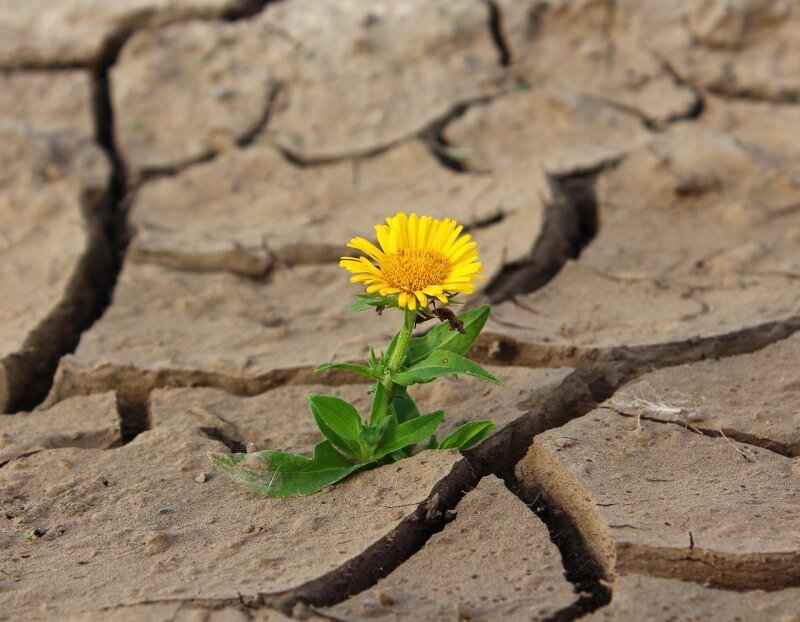
Immediate Actions
Stay calm and assess the situation
In any emergency, the ability to stay calm and think clearly is paramount. Take a deep breath, stay focused, and begin by assessing the situation around you. Evaluate any potential hazards or dangers and determine the best course of action. Remaining calm will help you make rational decisions and take necessary steps to ensure your safety and well-being.
Ensure personal safety and well-being
Your safety and well-being should always be your top priority in any emergency situation. Take immediate actions to ensure your personal safety and that of your loved ones. This may involve moving to a safe location, seeking shelter, or following evacuation procedures. Stay vigilant, and prioritize your physical and mental health throughout any crisis.
Communication
Establishing communication with loved ones
During an emergency, communication is vital for keeping loved ones informed and reassured. Determine a designated point of contact within your household and establish backup communication methods, such as a pre-determined meeting spot or an out-of-area contact person. Share these details with your family members and ensure that everyone knows how to reach each other in case of separation or loss of communication services.
Identifying emergency communication channels
In addition to establishing communication within your household, it’s important to be aware of emergency communication channels in your community. This may include local news outlets, emergency alert systems, or social media platforms used by local authorities. Familiarize yourself with these channels beforehand, so you know where to access critical information and updates during emergencies.
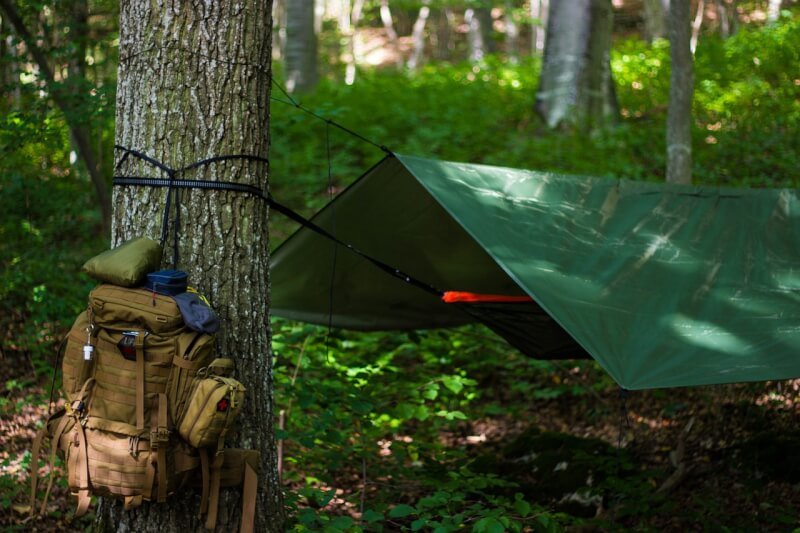
Evacuation
Knowing evacuation routes
In some emergency situations, evacuation may be necessary to ensure personal safety. Familiarize yourself with the evacuation routes in your area and plan multiple options in case some routes become inaccessible. Pay attention to any designated shelters or assembly points along the evacuation routes. By knowing your evacuation routes ahead of time, you can save valuable minutes when every second counts.
Preparing transportation options
Have a plan for transportation in case of evacuation. Ensure that your vehicle is in good working condition and always keep the fuel tank at least half full. Have a backup plan in case driving is not an option, such as public transportation, carpooling with neighbors, or arranging for alternate transportation with friends or family members. Being proactive in preparing your transportation options will help facilitate a smooth and safe evacuation if it becomes necessary.
Shelter
Finding temporary shelter
In the event of an emergency, your usual place of residence may become uninhabitable. It is essential to identify potential shelters where you can seek refuge temporarily. This can include public shelters, community centers, or the homes of family and friends who are outside the affected area. Research and make a list of these options in advance, so you know where to go if the need arises.
Creating a safe and secure shelter
If you are unable to find temporary shelter elsewhere, it’s important to create a safe and secure space within your own home. This may involve reinforcing weak points in the structure, securing windows and doors, and preparing a designated area where you can take cover during severe weather events. Additionally, consider stocking up on emergency supplies, such as additional water and non-perishable food, to sustain you during an extended stay at home.
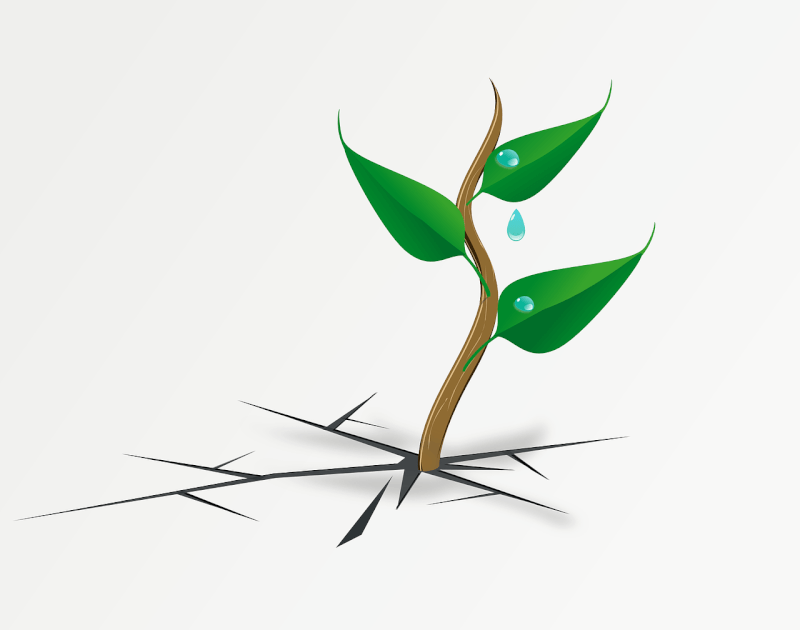
Water and Food
Sourcing clean water
Access to clean water is crucial during an emergency. Identify potential sources of clean water in your area, such as public water stations, natural water sources, or stored water supplies. Consider investing in water purification methods or portable filtration systems to ensure the water you consume is safe. It’s also important to store an adequate supply of water at home, following recommended guidelines of one gallon per person per day for at least three days.
Stocking up on non-perishable food items
Having a supply of non-perishable food items is essential to sustain yourself and your family during an emergency. Stock your pantry with canned goods, dry foods, and snacks that have a long shelf life. Aim to have a sufficient amount of food for at least three days, covering the nutritional needs of each household member. Don’t forget to regularly rotate and replenish your emergency food supply to ensure its freshness and effectiveness when needed.
Medical Care
Ensuring access to medical supplies
In times of crisis, access to medical supplies may become limited. Ensure you have an ample supply of essential medications for each family member, including prescription medications, as well as over-the-counter remedies for common illnesses and injuries. Stay proactive by regularly checking and restocking your medical supplies to avoid running out during emergencies.
Basic first aid skills
Having a basic knowledge of first aid can be invaluable in emergency situations. Consider taking a first aid course to learn essential life-saving techniques. Having the skills to treat minor injuries or provide immediate care until medical help arrives can make a significant difference in the outcome of an emergency situation. Keep a well-equipped first aid kit easily accessible and familiarize yourself with its contents and usage.
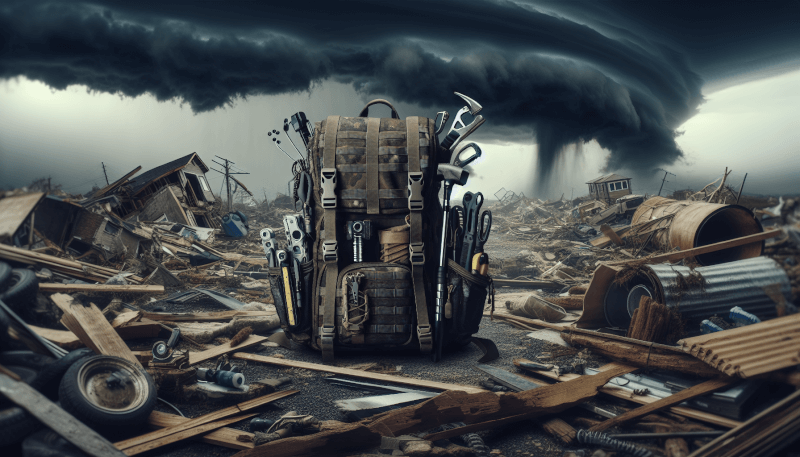
Stay Informed
Monitoring local news and updates
Staying informed about the latest developments during an emergency is critical for making informed decisions. Monitor local news channels, radio stations, or reliable online sources to stay updated on the situation in your area. Pay attention to official announcements, emergency notifications, and evacuation orders. This information will help you adapt your emergency plan and take appropriate actions to ensure your safety.
Using emergency alert systems
Many communities have established emergency alert systems to quickly disseminate critical information during a crisis. Sign up for these services and ensure that you receive alerts via text message, email, or automated phone calls. Familiarize yourself with the different types of alerts and their corresponding actions so that you can respond effectively when necessary.
Self-Defense
Learning self-defense techniques
During an emergency, the safety and security of yourself and your loved ones are of utmost importance. Taking the time to learn self-defense techniques can provide you with the confidence and skills necessary to protect yourself in challenging situations. Consider enrolling in self-defense classes or workshops that teach basic self-defense moves and strategies. Knowledge of self-defense can boost your resilience and help you feel more prepared and secure during emergencies.
Securing your personal defense tools
In addition to learning self-defense techniques, it is wise to secure personal defense tools that can aid in your protection. These tools may include pepper spray, personal alarms, or even a legally obtained firearm if you are comfortable and trained in its usage. Ensure that you follow all local laws and regulations regarding personal defense tools, and store them safely and responsibly. Having these tools readily available can provide an added layer of security and peace of mind during uncertain times.
By following this comprehensive guide to emergency preparedness, you can significantly enhance your ability to navigate through challenging situations. Remember, preparedness is key, and by taking proactive measures, you will be better equipped to protect yourself, your loved ones, and your community in times of crisis. Stay calm, stay informed, and stay prepared – because your safety matters.
